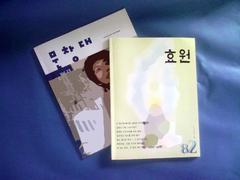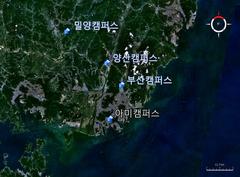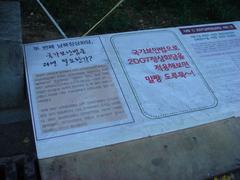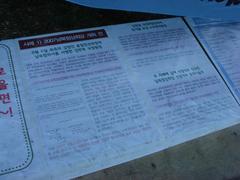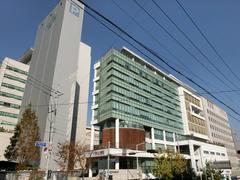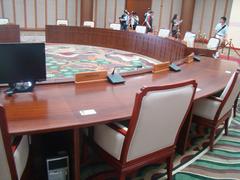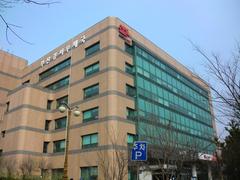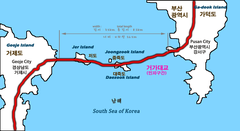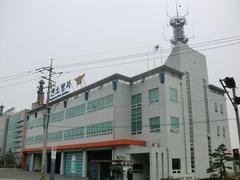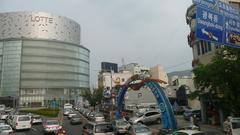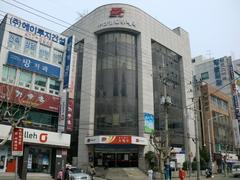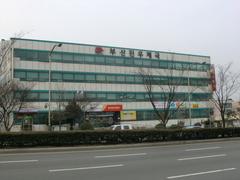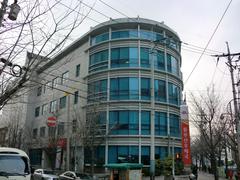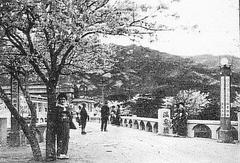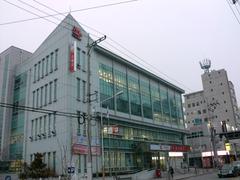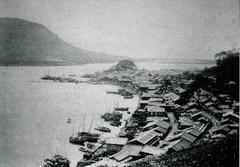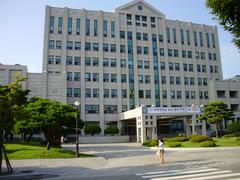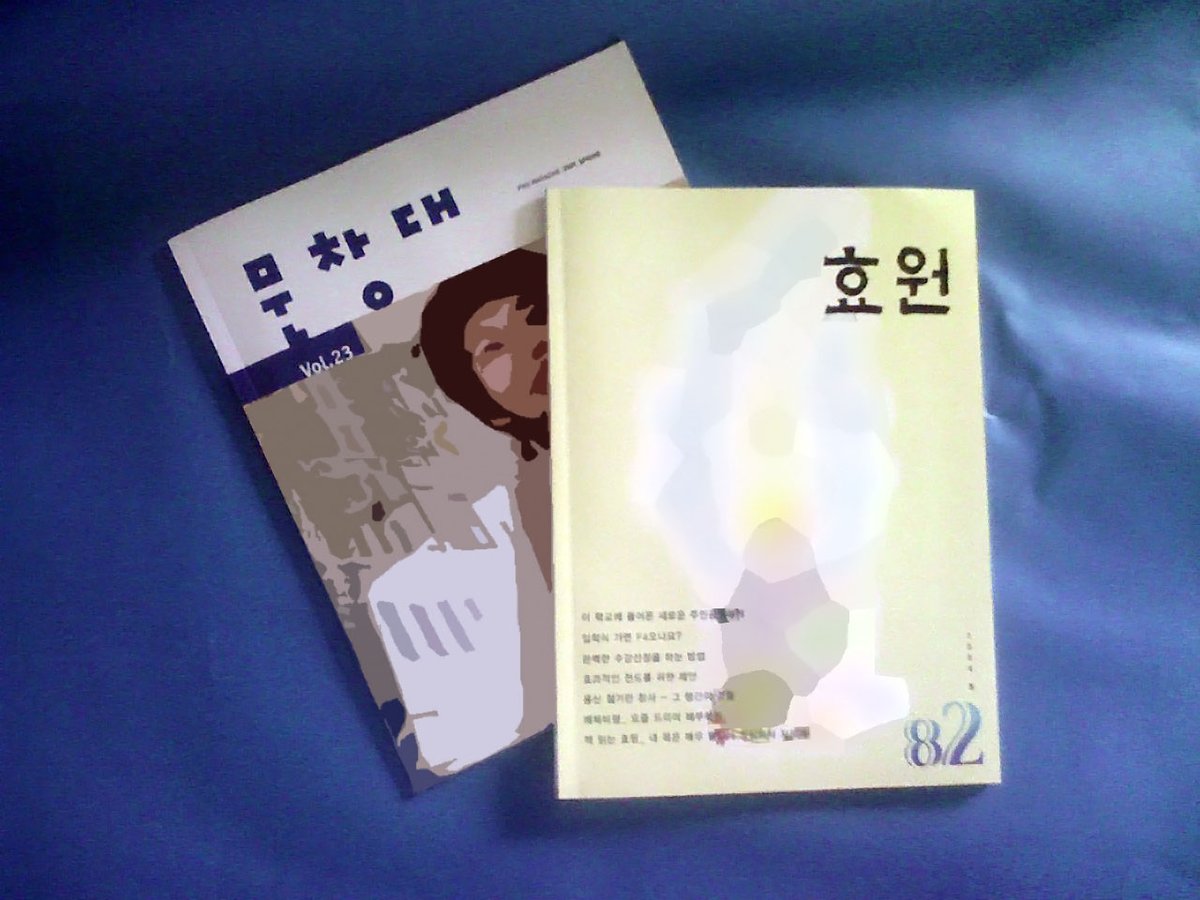
Pusan National University Visiting Guide: History, Hours, Tickets, Nearby Attractions
Date: 14/06/2025
Introduction
Pusan National University (PNU), located in Busan, South Korea, is a prominent academic institution and a cornerstone of the region’s cultural and historical landscape. Founded in 1946 as the first national university established after Korea’s liberation from Japanese colonial rule, PNU is celebrated for its academic excellence, vibrant campus life, and significant contributions to Korean society. The university’s motto, “Truth, Freedom, and Service,” reflects its enduring commitment to education, innovation, and community engagement. Visitors can enjoy a scenic campus at the base of Geumjeongsan Mountain, participate in cultural festivals, and explore historical sites such as the Moon Chang-dae Monument.
This comprehensive guide delivers essential information for prospective visitors—spanning PNU’s history, campus highlights, visiting hours, transportation, accessibility, nearby attractions, and practical tips—ensuring a rich and rewarding experience at one of Busan’s top destinations (Pusan National University: History, Visiting Information, and Cultural Significance in Busan; Pusan National University: A Visitor’s Guide to History, Culture, and Campus Life; Discovering the Moon Chang-dae Monument at Pusan National University).
Table of Contents
- Introduction
- Historical Overview
- Academic Excellence and Research Leadership
- Visiting Information
- Highlights and Attractions
- Seasonal Events and Practical Tips
- Safety and Visitor Etiquette
- Sustainability and Responsible Tourism
- Frequently Asked Questions (FAQ)
- Conclusion
- Sources and Further Reading
Historical Overview
Founding and Early Years (1945–1953)
PNU was founded in 1946, emerging from the aspirations of local citizens and the need for national reconstruction after World War II. Its establishment was made possible by community fundraising and support from the United States Military Government in Korea. Originally named Pusan National College, it launched with two faculties: Humanities and Fisheries. By 1953, six colleges had been established, and the institution was elevated to university status through presidential decree (PNU official history).
Growth and Modernization (1953–1990s)
Despite challenges such as the Korean War, PNU expanded rapidly, relocating to a permanent campus in Jangjeon-dong and constructing the symbolic Hyowon Building. The university continued to diversify its academic departments, earning a reputation as a regional hub for intellectual growth and activism (PNU campus development).
Research Leadership and Globalization (2000s–Present)
Today, PNU comprises 15 colleges and multiple graduate schools, supporting over 33,500 students. It is recognized nationally and internationally for its research in engineering, ocean sciences, technology, and biomedical fields. The university’s alumni network exceeds 210,000 members, highlighting its influence in both academia and industry (PNU statistics).
Academic Excellence and Research Leadership
PNU consistently ranks among Korea’s top national universities and is noted in global rankings for subject-specific achievements. Its research centers drive innovation in fields such as optical coherence tomography, microelectronics, and biomedical engineering. The university fosters international collaboration through diverse programs and partnerships, supporting both Korean and international students (PNU research achievements).
Visiting Information
Hours & Entry
- Campus Grounds: Open year-round, generally from 8:00 AM to 6:00 PM. Outdoor areas are accessible 24/7.
- Academic and Facility Access: Most buildings operate 8:00 AM–10:00 PM on weekdays, with reduced hours on weekends/holidays.
- Entry Fees: General campus access is free. Certain events or museum exhibitions may require tickets—check ahead online.
Transportation & Accessibility
- Subway: Take Busan Metro Line 1 to Pusan National University Station (Station 129, Exit 3). The main gate is a 5-minute walk away.
- Bus: Multiple city buses (Routes 29, 51, 80, 121, 131, 301) stop near the university.
- Taxi/Rideshare: Widely available; expect a 30–40 minute ride from Busan Station, costing KRW 15,000–20,000.
- Parking: Limited; public transportation is recommended.
- Campus Accessibility: Most of the campus is wheelchair accessible, with ramps, elevators, and accessible restrooms.
Guided Tours & Facilities
- Guided Tours: Offered during open days and special events or by appointment through the International Office.
- Visitor Support: The International Office provides assistance, especially for international guests and those with disabilities.
- Restrooms: Available in all major buildings and public areas.
- Wi-Fi: Free campus-wide Wi-Fi (“PNU_WiFi”) is accessible after simple registration.
- ATMs: International ATMs can be found at the Student Union and near the main gate.
Food, Dining, and Amenities
- On-Campus Cafeterias: Affordable Korean and international options (KRW 3,000–7,000 per meal).
- PNU Street: Just outside the main gate, this area is renowned for its diverse eateries, cafes, and nightlife.
Highlights and Attractions
Campus Landmarks
- Hyowon Building: The university’s architectural centerpiece.
- Main Gate and Rainbow Gate: Iconic entrances for photos and orientation.
- Youth Plaza: A central gathering spot popular among students.
- Art Galleries and Museum: Featuring Korean history, art, and science exhibits.
The Moon Chang-dae Monument
Located centrally on campus, the Moon Chang-dae Monument is a symbolic gathering point for university ceremonies, rallies, and festivals. It commemorates significant moments and figures in PNU’s history, celebrating the university’s spirit and unity. The monument area is fully accessible, open 24/7, and often featured in campus tours and events (Discovering the Moon Chang-dae Monument at Pusan National University).
Nearby Attractions
- Geumjeongsan Mountain: Offers hiking trails and panoramic views (Visit Busan).
- Mirinaegol Valley: Known for cherry blossoms and scenic walks.
- Geumgang Park: Features walking paths and a cable car.
- Sculpture Park: Showcasing works by Korean and international artists.
- PNU Street: Bustling with shops, restaurants, and entertainment.
Seasonal Events and Practical Tips
- Best Time to Visit: Spring (cherry blossoms) and autumn (fall foliage) are especially picturesque.
- Cultural Festivals: The annual PNU Festival in May includes concerts, food stalls, and performances open to the public.
- Weather Considerations: Summers are hot/humid; winters are cold but rarely snowy. Dress accordingly.
Safety and Visitor Etiquette
- Security: The campus is well-patrolled, with CCTV and emergency call boxes.
- Lost and Found: Located at campus security or the Student Union.
- Etiquette: Dress casually, respect study areas, seek permission before indoor photography, and smoke only in designated areas.
Sustainability and Responsible Tourism
- Utilize recycling bins and separate waste.
- Respect campus life, particularly during exam periods.
- Minimize noise and disturbance in academic or residential areas.
Frequently Asked Questions (FAQ)
Q: Do I need a ticket to visit PNU?
A: No, campus access is free, though some events or exhibitions may require tickets.
Q: Is the campus wheelchair accessible?
A: Yes, most areas have ramps and elevators for accessibility.
Q: Are guided tours available?
A: Yes, during special events and by prior arrangement through the International Office.
Q: How do I reach PNU by public transport?
A: Use Busan Metro Line 1 to Pusan National University Station or city buses.
Q: What are the best photo spots?
A: Hyowon Building, Moon Chang-dae Monument, and the cherry blossom avenue in spring.
Q: Are there English-speaking staff?
A: Some staff speak English, especially at the International Office; most signage is in Korean.
Conclusion
Pusan National University is more than an educational institution—it is a living testament to Korea’s resilience, progress, and cultural richness. With its picturesque campus, historical monuments, vibrant festivals, and welcoming atmosphere, PNU is an essential stop for anyone exploring Busan. Whether you’re drawn by history, academic prestige, or natural beauty, PNU offers an inclusive and enriching visitor experience.
For the latest updates, event schedules, and visitor information, consult the Pusan National University English homepage and the official Visit Busan website. Download the Audiala app for curated travel guides and real-time campus updates.
Sources and Further Reading
- Pusan National University: History, Visiting Information, and Cultural Significance in Busan
- Pusan National University: A Visitor’s Guide to History, Culture, and Campus Life
- Discovering the Moon Chang-dae Monument at Pusan National University: Visitor Guide, History, and Tips
- Visiting Pusan National University: Hours, Tickets, History, and Nearby Attractions in Busan
